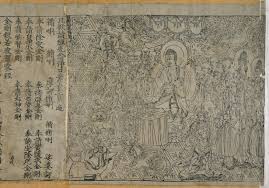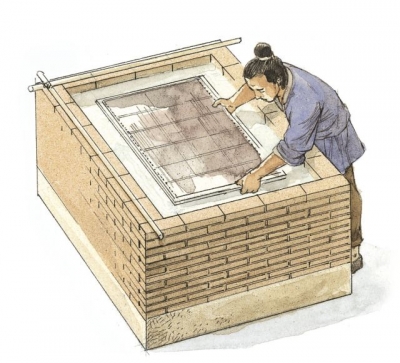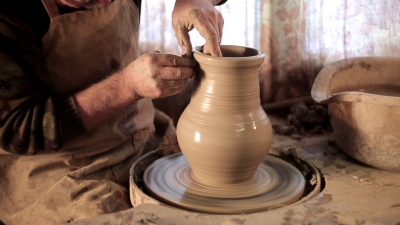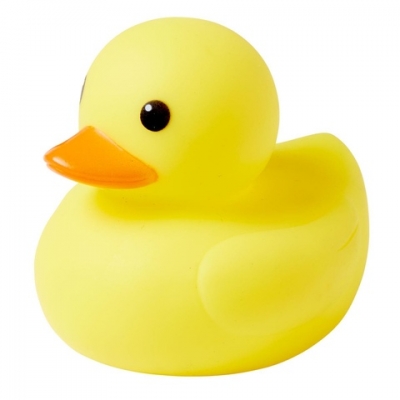
Historical documents and excavations have discovered that stained glass was around as far back as the 12th century. These are true stained glass windows which tell a pictorial story and are considered to be the invention of Western Europe.
Religious writings dating as far back as 240 AD mention the existence of tinted glass in windows of the early Christian basilicas (churches).
Stained glass windows of medieval times were basic in their manufacture. The window opening was filled with thin sheets of marble or wood, with holes pierced through. Tinted glass was placed in the holes; this was known as a mosaic window. Leading was also used to join pieces of glass together to make attractive patterns in the windows.
|
Fact File Circular turrets on medieval castles had very unusual windows – they were very narrow slits. Because they were built as fortresses the windows were designed to minimize the chance of being hit by arrows. |
Picture Credit : Google





